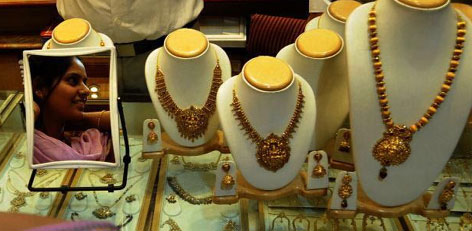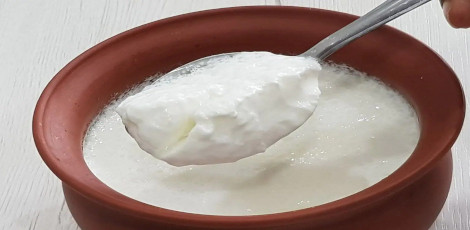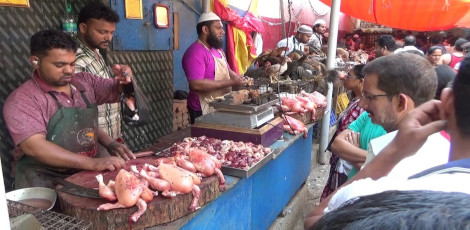No. of views : (7220)
The Road to paper money in India
Posted on: 16/Nov/2016 3:07:00 PM

Currency in India can be traced back to as long as the 6th Century BC. Lets go back in history and trace the origins of money in our country.

Along with the Chinese and the Middle Eastern Lydians, Indians were the earliest issuers of coins in the world. The first known coins in India were minted in the 6th Century BC and were called Purana, Karshapanas or Pana.
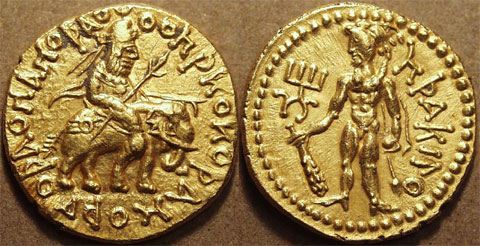
These were minted by the republic kingdoms or Mahajanapadas of the time. These kingdoms included Gandhara, Kuntala, Kuru, Panchala, Shakya, Surasena, and Saurashtra. The coins were made of silver and had a standard weight. But they had irregular shapes and different markings. For example, Saurashtra had the humped bull, Dakshin Panchala had a swastika and Magadha had more than one symbol.
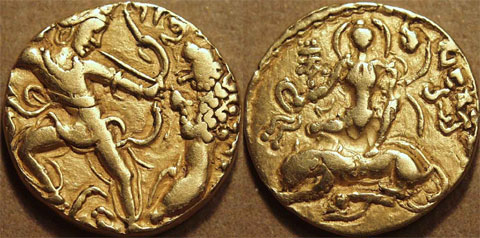
Then came the Mauryas who punch marked their coins with a royal standard. Chanakya, prime minister to the first Mauryan emperor Chandragupta Maurya, mentions the minting of coins such as rupyarupa (silver), suvarnarupa (gold), tamararupa (copper) and sisarupa (lead) in his Arthashastra treatise.

The Kushan kings, who were Indo Greek, next introduced the engraving portrait heads on coins, which was a Greek custom. This was a trend for 8 centuries. Many tribes, dynasties and kingdoms followed this example by issuing their own coins. The Gupta Empire minted coins that depicted Gupta kings performing rituals. This trend of engraved coins continued till the Turkish Sultanate arrived in North India in the 12th Century AD.
The Turkish Sultans replaced the designs of Indian kings with Islamic calligraphy. The currency was made in gold, silver and copper. They were now called tanka and jittals, depending on their value. The Sultanate made attempts to standardize the monetary system by issuing coins with different values.

The Mughal Empire, in 1526, succeeded in bringing about a unified and consolidated monetary system for its Empire. This continued till Humayun was defeated by Sher Shah Suri.
Sher Shah Suri first issued a 178 gram silver cocoin called the rupiah. This was further divided into 40 copper pieces called paisa. The rupiah became the most popular standard currency in the country. The British tried to introduce the sterling pound by the rupaiya had a string hold and was also exported as a currency to other British colonies.
In 1717, permissions from the Mughal emperor Farrukh Siyar were obtained by the British to coin money at the Bombay mint. These British coins were called Carolina for gold, Angelina for silver and cupperoon for copper. They even had tin coins called tinny.

In the 18th Century, paper money was first introduced with the Bank of Hindustan.
Post your requirement - We will connect with the right vendor or service provider




